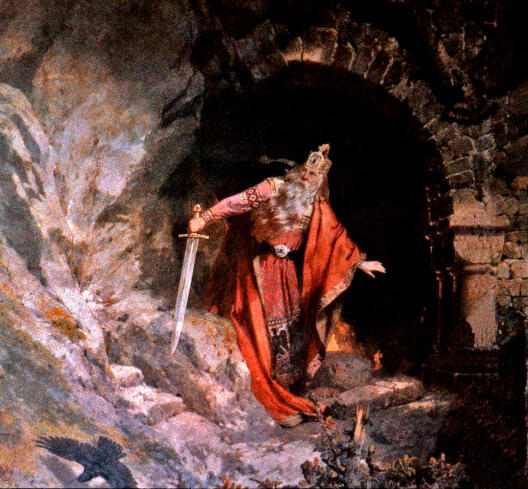(B7) Holy Legacy. Continuity, Sacrality and Community during the Age of Restoration (1815-1848)

The project investigates the religious and political dimensions of concepts of continuity that created a common identity during the age of restoration, as they become manifest in the figure of a “holy legacy”. From a neo-historical perspective, literary texts will be analysed (and contextualised) which develop the relation of continuity, sacrality and community individually as well as in an interplay with other discourses such as natural scientific or legal ones.
In light of encompassing social restructuring processes, it is in vogue to reflect on communities of the first half of the 19th century. The (im)possibility of continuity in particular is up for discussion here. Those rhetorical “wake-up calls” of the political Romanticism resonating everywhere attest to this. The phantasm of total continuity manifests itself in the theme of the sleeping ones (Barbarossa, Germany, Europe) and their awakening. Staged as resurrections, many of these acts of awakening are at the same time shaped by religion.
Elsewhere, legacy-related figures allow the representation of collective continuity. Where texts such as Die Kronenwächter by Achim von Arnim or Die Pechbrenner by Adalbert Stifter tell about the transmission of things (and of information), they are also always about the dimensions, giving rise to a common identity, of such processes of passing on. In doing so, literary texts draw on models of continuity as they are developed simultaneously in the most diverse disciplinary contexts, from evolutionary biology to law. Taking literature into consideration not only allows the unravelling of the interplay of such discourses, it also reveals the aporias of those models of community that are based on continuity.
In particular, the project investigates the function of the ubiquitous religious references that consistently declare the communal legacy a “holy” legacy. The hypothesis is that the legitimation serves as a continuity that cannot be due to anything in the modern age: only as a “holy” legacy is the common legacy removed from contingency. If it does not generally intend to reveal the idea of communality, the community’s conservative discourse apparently cannot do without religious substantiations, even (and particularly) in the modern age.

